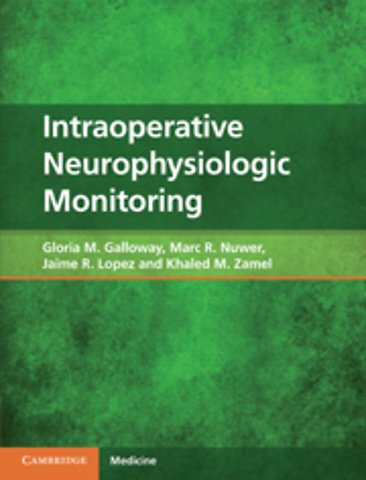Intraoperative Neurophysiologic Monitoring
Samenvatting
Intraoperative neurophysiologic monitoring has shown a steady increase in use for surgeries in which neural structures may be at risk of injury. Some of the surgical techniques used carry inherent risks, and these risks have changed the way in which neurophysiologic monitoring has impacted patient safety and quality of care during surgical procedures. It is therefore crucial that those performing and interpreting intraoperative neurophysiologic monitoring are adequately trained. This book is a comprehensive guide to the current practice of intraoperative neurophysiology with chapters on various modalities and clinical uses. Separate chapters devoted to anesthesia, operating room environment, special considerations in pediatrics and the interpretation and reporting of neurophysiologic data are useful and complementary. Questions and detailed answers on the topics covered can be found on the accompanying website for study review. This book will be useful to the trainee as well as the neurophysiologist already in practice.

